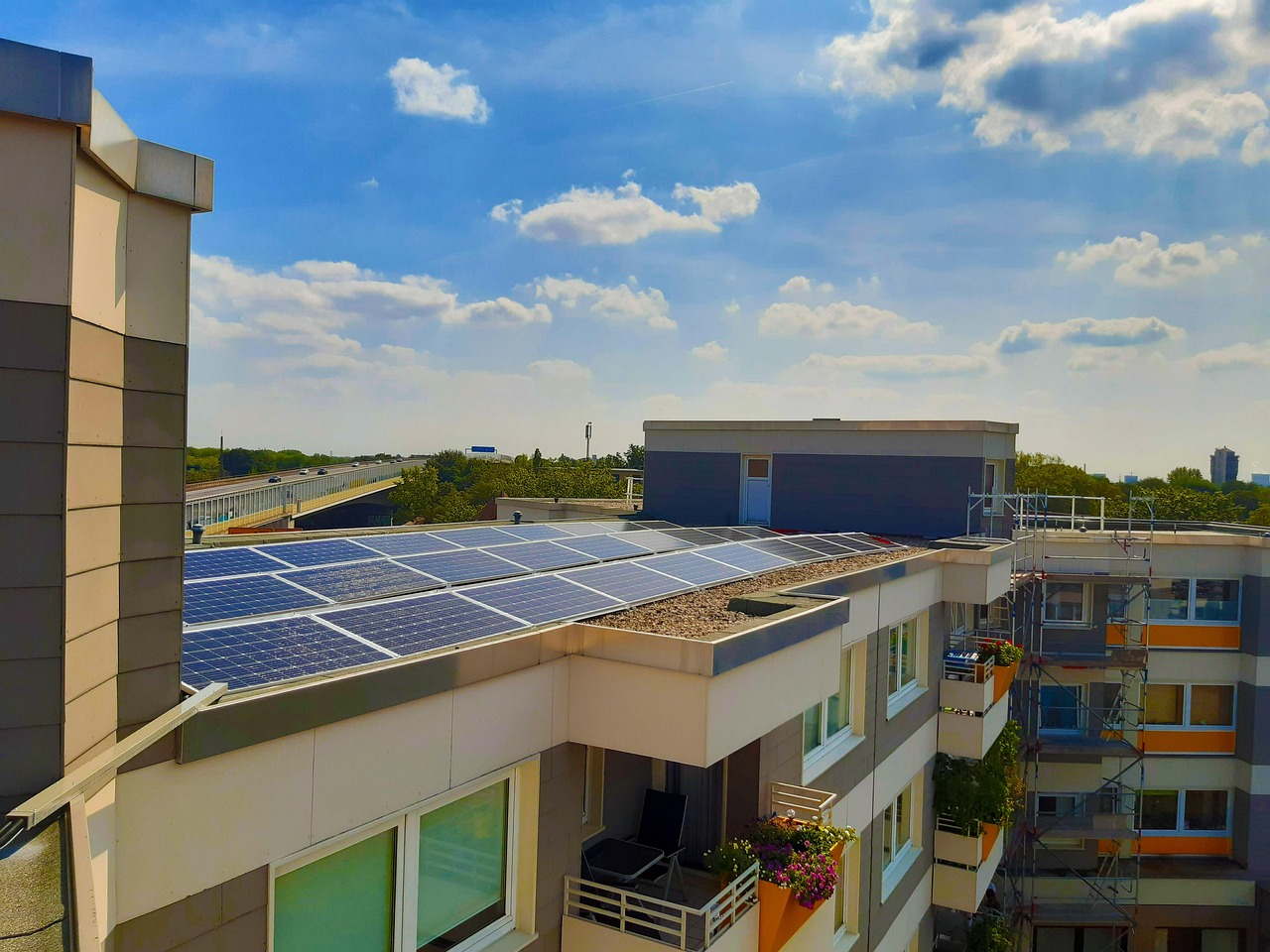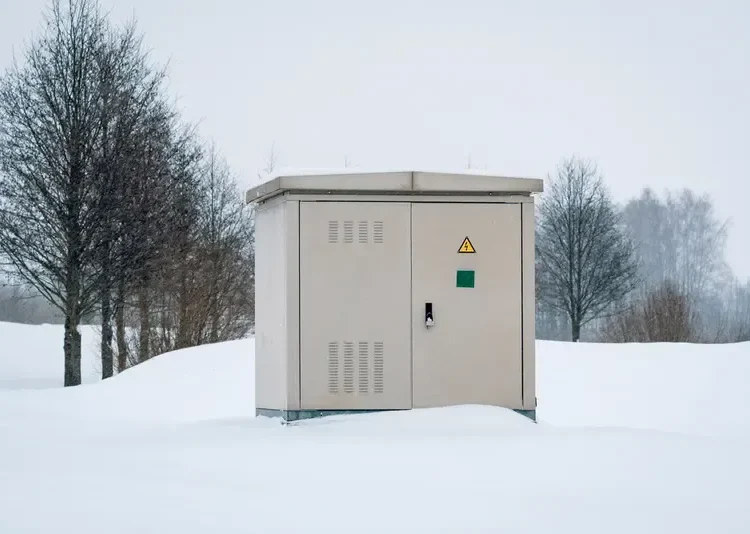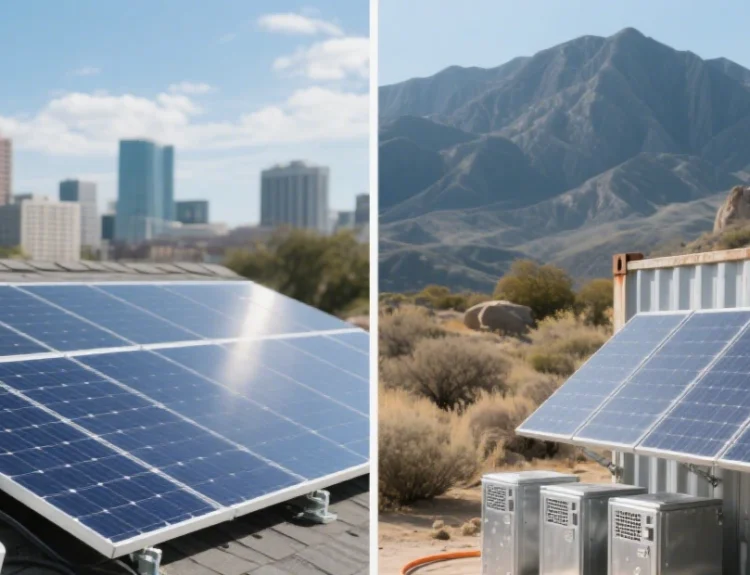A 10kW solar power system represents the peak power output of your solar array. When designed for off‑grid living, it includes:
- Solar Panels: Typically 25–33 panels (using panels around 300–400W each) that capture sunlight.
- Battery Bank: Energy storage sized to offer autonomy (usually 20–30kWh or more) so you can run your home at night or during cloudy days.
- Inverter: Converts DC electricity to AC power for household use.
- Charge Controller & Wiring: Ensures safe, efficient energy transfer between panels, batteries, and appliances.
By choosing cost‑effective, high‑efficiency components and smart installation methods, you can achieve a robust, affordable system that meets your energy needs.
Specific Steps to Build an Affordable Off‑Grid 10kW Solar System
- Energy Audit:
- Calculate your average daily energy consumption (in kWh) to determine the necessary size of both your solar array and battery bank.
- Site Assessment:
- Analyze local solar irradiance, shading, and roof or ground space availability.
- System Design & Component Selection:
- Solar Panels: Opt for high‑efficiency panels with competitive pricing. For instance, 25 panels at 400W can achieve a 10kW peak.
- Battery Bank: Consider lithium‑ion options that are dropping in price and offer greater usable capacity.
- Inverter & Charge Controller: Select off‑grid-rated equipment that supports integrated MPPT (Maximum Power Point Tracking) to maximize energy harvest.
- Cost-Effective Procurement:
- Compare suppliers, and consider bulk‑purchase or local council/group schemes that can reduce the cost of panels and installation.
- Installation & Configuration:
- Mount the panels securely (roof‑mount or ground‑mount based on space and cost considerations).
- Install the inverter, charge controller, and batteries following manufacturer guidelines.
- Set up remote monitoring to track performance and optimize system efficiency.
- Testing & Commissioning:
- Ensure all components function together correctly and that energy production meets your consumption targets.
- Maintenance Planning:
- Schedule regular checks, cleaning, and updates to prolong system life and maintain efficiency.
Data Table: Affordable 10kW Off‑Grid Solar System – Component Breakdown
| Component | Configuration/Quantity | Estimated Cost Range | Key Notes |
|---|---|---|---|
| Solar Panels | 25 panels x 400W each | $0.50–$0.80 per watt | ≈10kW peak; consider higher‑efficiency models for space saving. citeturn0search1 |
| Battery Bank | ~25–30kWh usable capacity | $400–$600 per kWh | Lithium‑ion preferred for higher depth‑of‑discharge. |
| Inverter | 10kW pure sine wave inverter | $1,500–$3,000 | Off‑grid rated with integrated MPPT. |
| Charge Controller | MPPT controller (sized for 10kW array) | $300–$800 | Protects batteries and optimizes panel performance. |
| Mounting & Wiring | Racks, cables, connectors | $1,000–$2,000 | Costs depend on installation complexity and method. |
| Total System Cost | — | $20,000–$30,000 | Scalable; cost varies with local incentives and quality choices. |
Note: Prices are indicative (2025 data) and vary regionally.
Real-World Examples
DIY Off‑Grid Installation in Cookeville, TN
A DIY enthusiast shared his experience on a solar forum about installing a 10kW ground‑mount system:
- Setup: A 10kW solar array with adjustable tilt and a battery bank comprising 6 batteries.
- Outcome: The system effectively powers a large, energy‑efficient home off‑grid.
10kW/20kWh Home Energy Storage in Sierra Leone
WHC Solar implemented an off‑grid solution:
- Setup: 12 mono solar panels (approximately 450W each) paired with a 20kWh stackable lithium battery system.
- Outcome: Reliable off‑grid power for a remote home, proving the feasibility of cost‑effective, scalable systems in challenging environments.
Affordable Glamping Site Upgrade
A remote glamping site recently upgraded to a 10kW solar system:
- Setup: Integrated panels with battery storage and backup inverters.
- Outcome: Energy independence for hospitality operations, achieved on a budget by leveraging competitive component pricing and streamlined installation practices.
Current Data & Industry Context
- Component Cost Trends:
- Solar panels continue to decrease in cost while improving in efficiency (≈20–22% efficiency).
- Lithium‑ion batteries are becoming more affordable ($400–$600 per kWh) and offer greater usable capacity compared to lead‑acid alternatives.
- Technology & Efficiency:
- Modern inverters now achieve efficiencies over 98% and include MPPT technology for optimal energy harvesting.
- Market Dynamics:
- The off‑grid market is expanding as more homeowners seek energy independence due to unreliable grid service or desire to lower energy bills.
- Government and local council schemes (such as group purchasing programs) are further reducing upfront costs, making off‑grid solar systems increasingly affordable.
- Industry Context:
- Trends indicate a shift toward decentralized renewable energy with hybrid systems combining solar with battery storage.
- Off‑grid solutions are especially popular in remote and developing regions, with a growing number of DIY enthusiasts and professional installers focusing on cost‑effective, scalable projects.
Conclusion
An affordable 10kW solar power system for off‑grid living is within reach for many homeowners seeking sustainability and energy independence. By following specific design and installation steps, choosing cost‑effective, high‑performance components, and taking advantage of current market trends and incentives, you can build a robust off‑grid system without overspending.
This guide has outlined a clear, step‑by‑step approach, provided a comprehensive cost breakdown, highlighted real-life examples, and contextualized the current industry landscape. Whether you’re a DIY enthusiast or planning to work with professionals, transitioning to an affordable 10kW off‑grid solar system can empower you with reliable, independent, and sustainable energy.
Feel free to reach out for more personalized advice or to explore further affordable solutions for your off‑grid living journey.



